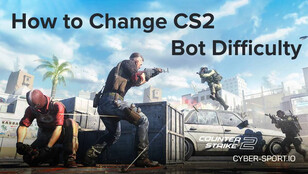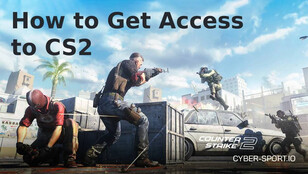Poor crosshair positioning is one thing that all CS:GO newbies have in common. New players often have only previous gaming experience in shooters like Call of Duty and Battlefield. There are several theories explaining this phenomenon, from the idea that brand-new players are still getting used to the map and must be cautious of their steps before eventually becoming accustomed to looking down to the idea that view models are too large and players look down to free up more screen real estate for enemies. Cyber-sport.io will help you to adjust your CS:GO crosshair and earn extra Elo on Faceit.
Is crosshair placement AIM or game sense?
Before you dash or before your opponent lunges, your crosshair must move correctly while you are moving. Your scope should always be in the right place at the correct level. It would help if you always guessed the enemy's position or where he will come out. This way, your crosshair will be much closer to the enemy's work, and you will need to make fewer moves to hit the enemy. These aspects are essential at any game moment and should always be considered.
Pre-Aim axes
There are three axes in total - vertical, horizontal, and diagonal. The first two axes are fundamental to us. The vertical axis is essential when playing on multi-level maps such as Overpass, Train, Nuke. Beginners have such bad habits. They use the vertical axis too often, even when they don't need it. Tell the truth, did you recognize yourself in this?
If you are playing on a map where there is not much difference in the height of positions where the enemy can be - focus more on the vertical axis. If a player holds the sight at the wrong level and does not know why he is doing this - this addiction will not allow the player to improve his player ever. Get rid of unnecessary movements along the vertical axis.
Horizontal axis. That is the axis on which we make more precise small movements while shooting. Our half-shooting consists of training along the horizontal axis. Pre-aim is used here. Aiming at the correct texture spot before lunging and following the scope to the right texture point when exiting the corner is essential.
Leave a gap between the texture and your crosshair, aiming at a place from which the enemy can escape. That is necessary to compensate for your reaction; your sight was closer to the enemy. After the theory, you should learn a little about how to use the information you have now.
How to get steady AIM
Do you like waiting for the enemy to sit still like a stone? We lose concentration and vigilance when we wait for an opponent's attack and sit in one place. It is essential to make small movements to the side for small strafes.
Initially, it would help if you respected the horizontal and vertical axes. At the point of contact of the axes, there should be a place where the enemy's head will appear. There is nothing complicated here. You need to imagine how the enemy will look when attacked and in what position he will be.
This aspect can be divided into 4 points: crawl, shift, strafe, and comprehensive. When crawling or using change, your movement will be about the same. When moving, you should always aim at the intended location of the enemy and the texture when lunging around the corner if you have information about the enemy.
During all movements, remember the information about the axes of the sight and use it correctly. Before lunges, you need to use small strafes. The first is to collect data; the second is an attempt to kill the enemy. In such situations, the sight should be entered not behind the texture but behind the point where you expect the enemy to be.
Write in the comments some tips for using pre-aim or things that help you while waiting for the enemy? What do you think is more important, aim or pre-aim? Share your minds with Cyber-sport.io. Subscribe and follow the latest eSports news!
CS2 Gambling
CS2 Skin Trading
Rust Gambling
Promo Codes
Online Casinos
Crypto Casinos
CyberSport Feed




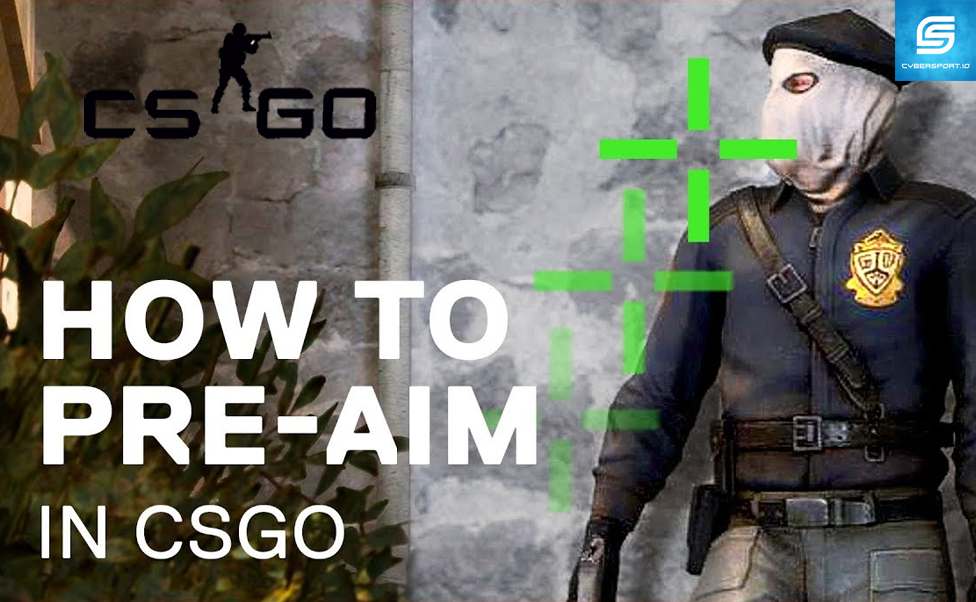

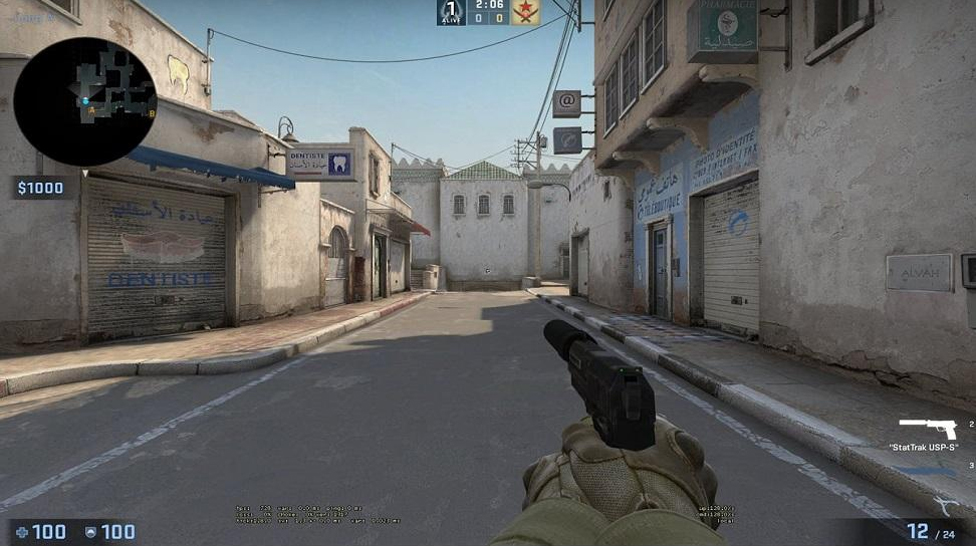

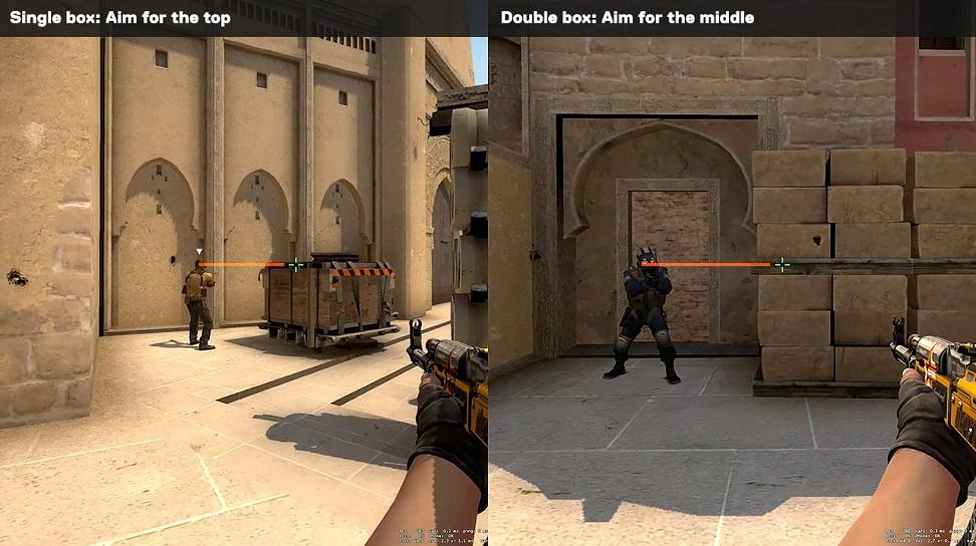
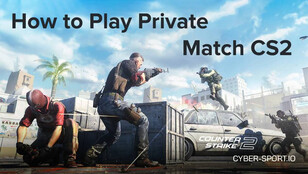
![How to Win Real Money Online with CS2 Slots (Guide [year]) How to Win Real Money Online with CS2 Slots (Guide [year])](/imgs/news_8209/20250512/cache/1747040856_c87646d19a667fd9d63c___308_174.jpg)
